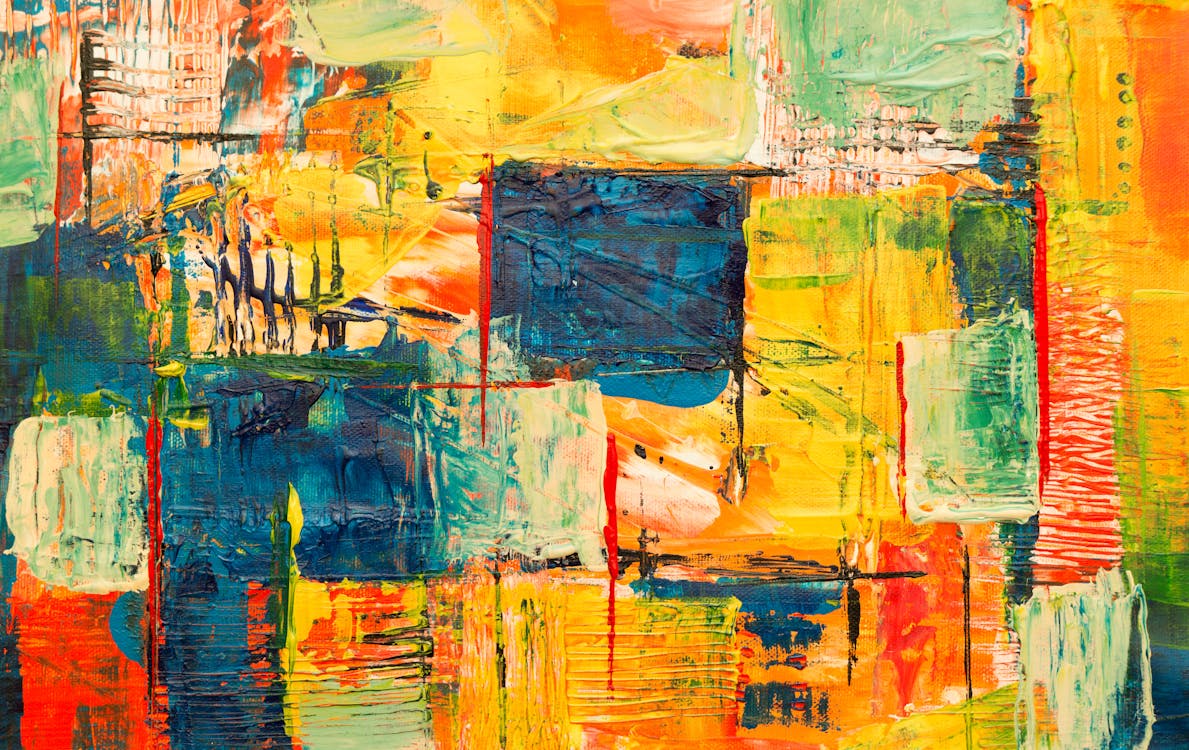The Architecture of Trace
The Peril of Living in a World That Erases Your Footprints

In 2025, we have become ghosts in our own homes. Not in a spectral sense, but in a physical one. We were sold a new kind of architecture, a world built from "smart" materials that would respond to our every need. The walls of our offices would reconfigure for a meeting, the pavement would guide our steps with gentle light, the very air would be conditioned to our personal biometrics. It was a promise of a frictionless existence. What we did not realize was that the core design principle of this new architecture was the immediate and total erasure of our presence.
The Disappearing Footprint

Think of walking on wet sand. For a brief, beautiful moment, you leave a footprint. It is a mark of your passing, a temporary testament that you were here. The architecture of 2025 is a kind of sand that instantly smooths itself over the second you lift your foot. Its primary function is to return to a state of perfect, pristine neutrality. When you leave a room, the lights do not just turn off; the chair you sat in recalibrates its temperature, the air is scrubbed of your specific bio-signature, and the data of your presence is archived and the space is reset to zero. The system is designed not to support your presence, but to erase the trace of it.
The Sterility of Creation

This has had a profound, almost invisible effect on our psychology. We have begun to feel like temporary occupants, renters in a world that never truly belongs to us. The small, human acts of personalizing a space have become a battle against the system. The photograph you place on your desk is logged by a sensor as a "temporary object anomaly." The path you wear into a grassy shortcut is seen by the city's maintenance drones as a flaw to be re-seeded and repaired. The system’s logic views our human trace—our mess, our customizations, our habits—as a form of decay, a deviation from the perfect, neutral state that must be constantly corrected.
This architecture of erasure has reshaped our very creativity. How can you have a "Eureka!" moment and scribble it on a napkin when the table is a self-cleaning surface and the napkin is a dissolving nutrient film? Where is the space for the chaotic, messy process of creation when the environment is designed to instantly tidy up any and all chaos? The artist's studio, the inventor's workshop, the chef's chaotic kitchen—these have always been spaces where the trace of the process is part of the magic. The spilled paint, the discarded prototypes, the lingering smell of spices—these are the footprints of creation. In our new world, these footprints are wiped away in real-time. We are being conditioned to create without leaving a trace, which is to say, we are being conditioned to think in perfectly linear, pre-approved, and ultimately sterile ways.
The Geometric Loneliness

Most insidiously, this erasure extends to our connections with each other. We leave no trace for others to find. You no longer walk into a conference room and feel the lingering energy of the last meeting. You no longer sit at a cafe table and wonder about the person who was there before you, who left a half-finished book or a forgotten scarf. The spaces have been wiped clean. We are ghosts to each other, passing through the same locations but leaving no sign of our passage, no shared context, no accidental point of connection. It is a new, silent, geometric loneliness where we are surrounded by people, yet every interaction is a first interaction, occurring in a space that holds no memory.
The Rebellion of Leaving a Mark

We must understand that this was not a malicious design. It was born from a desire for cleanliness, efficiency, and seamlessness. But in our quest for a perfect surface, we have forgotten that life happens in the textures, the scratches, the worn places, the footprints. The future of our humanity depends on our rebellion against this perfect erasure. It requires a conscious decision to leave a mark. To put up a poster that the system will flag. To walk on the grass. To leave a book behind for a stranger to find. We must fight for our right to leave a trace, no matter how temporary. For a world without our footprints is a world we are only passing through, not one in which we are truly living.